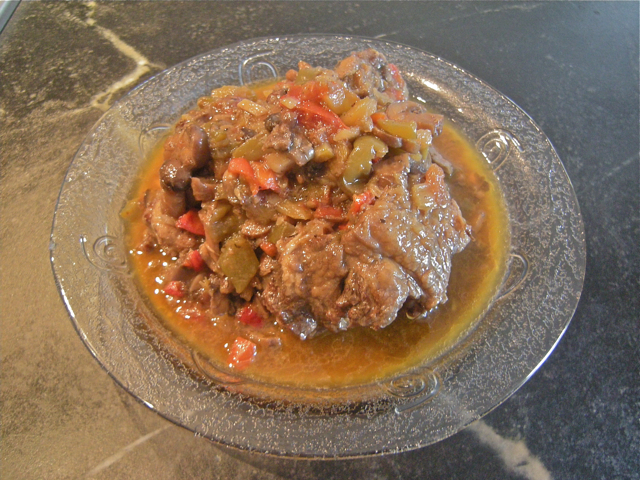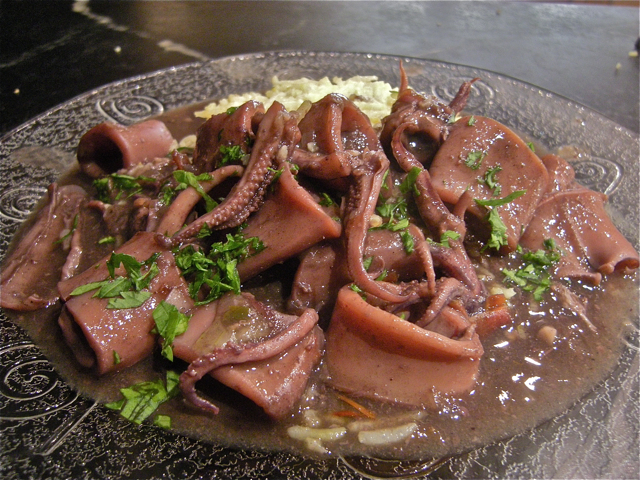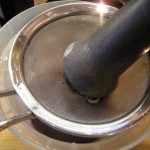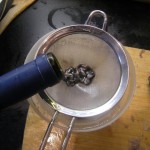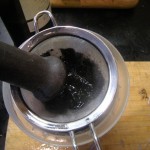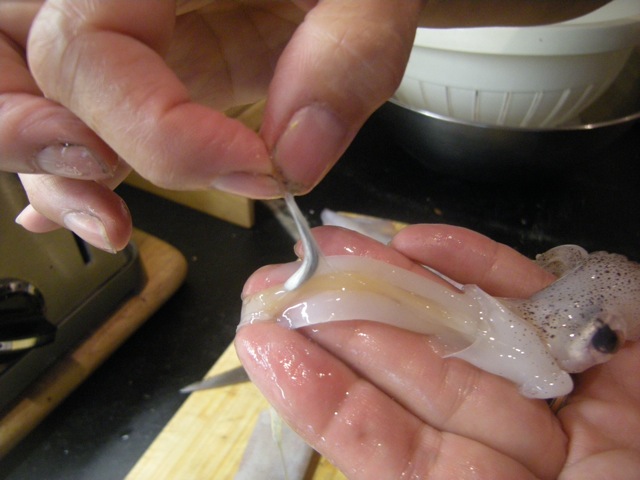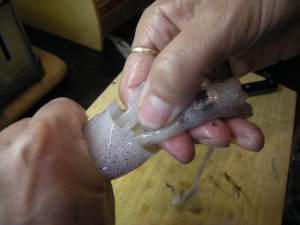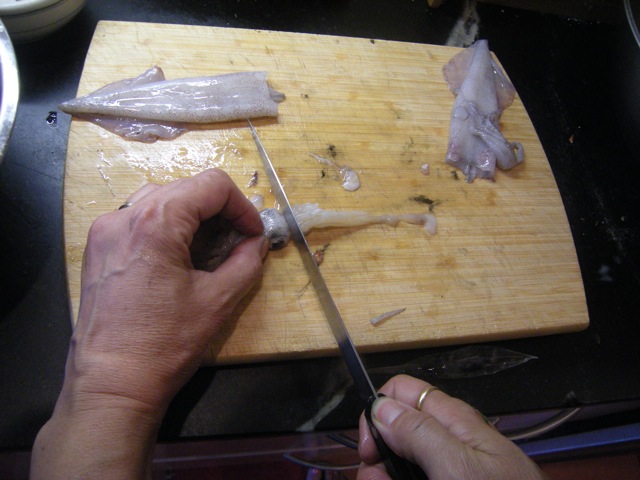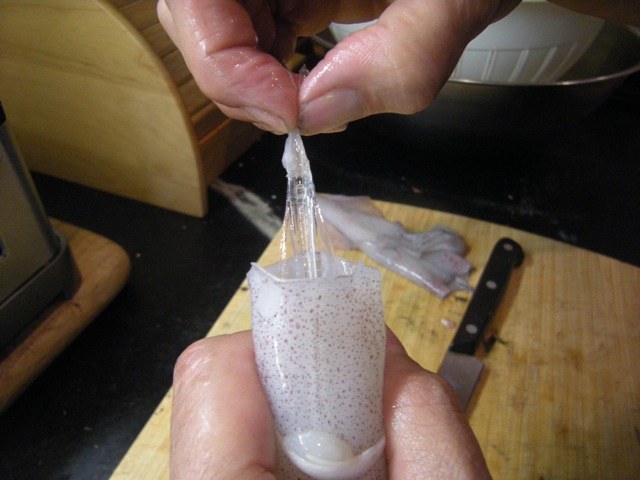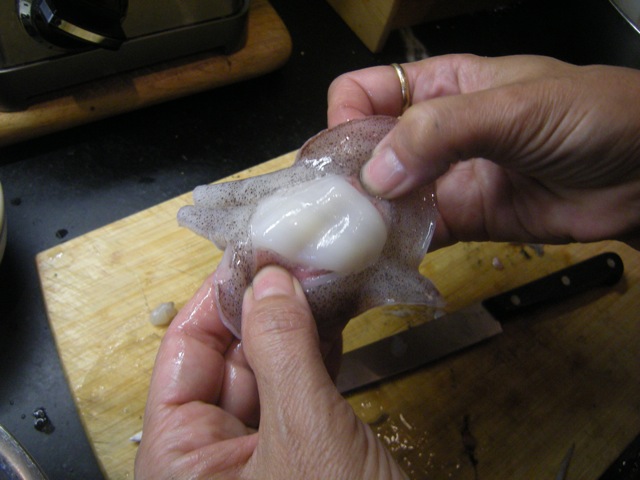
I am not sure what is the final mileage the 21st century Odysseus, A.K.A. Douglas Rothschild, ended up walking along small roads between Troy (N.Y) & Ithaca (N.Y) but it should be pretty close to 170 miles in 8 days! Congratulations to Douglas & to Anna Moschovakis & Matvei Yankelevitch (both active members of the Ugly Duckling Press Collective). This is how it all began for Pierre Joris & I, but it had been in the brew for a quite a while when Anna Moschovakis sent out this email in June :
A few years back, Matvei Yankelevich and I had some idle idea that it would be fun to make a film of Douglas walking from Troy to Ithaca. It just seemed obviously like a good thing to do. This summer — soon, in fact — we’re going through with it.
We’re calling it an Experiment in Potential Documentary. But you could also call it a Constraint-Based Happening. In any case, the basics are simple:
— Douglas takes one week at the end of July to walk from Troy to Ithaca, on backroads determined primarily by the “walk” function on a GPS mapping software.
— Douglas wears a mic the whole time, so that all of his speech — including talking to himself, if there’s any of that — is recorded.
— Friends of Douglas’ join him for portions of the walk. He will know which people have been invited (though we will add some surprises too), but he won’t know which people to actually expect or when.
— People who can’t join in person can indulge instead in a desultory phone conversation with Dug as he walks.
— Much of the proceedings are filmed in HD video and with a variety of other means. Douglas, too, has a camera. Visitors, too, are handed a point-and-shoot video camera to employ as they wish while with Dug.
— The journey culminates at a Banquet and Poetry Reading in Ithaca, co-hosted by Catherine Taylor and Stephen Cope at an arts venue, to which the local community will be invited.
— Homeric overtones may be explicit, implicit, or cast aside altogether — though certain episodes dear to Douglas (e.g., the trip to the underworld) will be incorporated and we will ask each person who joins Douglas to bring a copy of the Odyssey (in any translation, or in the original) and to read a portion of it to the camera.
We hope YOU can participate in some way!
With many others Pierre Joris and I did. I will not tell you about the details of what happened because that is Anna & Matvei’s potential-in-the-making documentary project: they have 58 hours of audio and 11 hours of video recorded. Let’s hope they can gather all the necessary resources to play with it. Meanwhile I just wanted to share the menu and pictures of the banquet — for the Chanterelles episode click here. The Banquet took place at the house of Wylie Schwartz, overlooking Cayuga lake and food was coordinated by Catherine Taylor, Stephen Cope, Anna, Trevor and myself, while many others helped with logistics and goodies.
At around 6:30pm —& after shooting his bow-oar through a dozen axe head— Odysseus arrived at the banquet dressed in fine clothes, oar still in hand. A lovely band (sorry was busy cooking didn’t catch their name) greeted him and played throughout the banquet. As the sun went down Odysseus Rothschild (or Dugysseus, as Pierre called him) told us the tales of the journey. Hermes read beautiful messages from far away lands like Brooklyn, we also heard Homer’s writing in Greek, songs and passages of Charles Stein translation of The Odyssey until deep into the night & after moving the party twice with our last being the harbor of Catherine & Stephen, until the wee hours, I don’t remember what time we left!
until deep into the night & after moving the party twice with our last being the harbor of Catherine & Stephen, until the wee hours, I don’t remember what time we left!
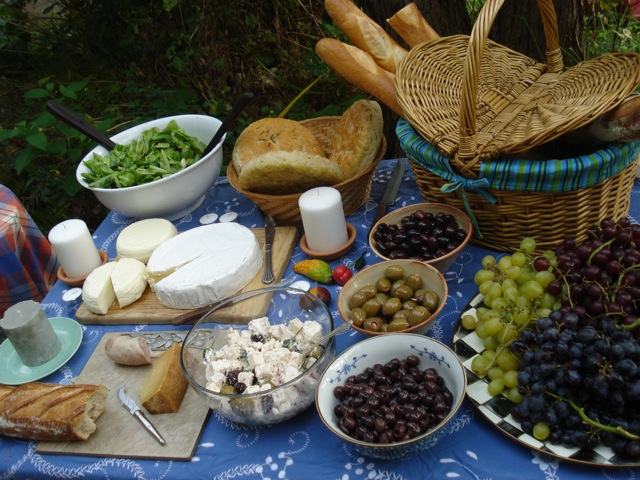
Menu:
Cheese platter: Syrian cheese, brie, local cows milk hard cheese, grapes, hummus & pita, lamb burgers, marinated olives, garden greens, feta salad, cucumbers, white & purple carrots, (from Anna & Trevor’s garden), artisans breads, baklava and plenty of ouzo, wine & other liquids to wash it down!
Eric Paul brought an amazing sausage from a local Ithaca’s charcuterie. We owe thanks to Lori & Tom who let us take over their kitchen to prepare the lamb burgers.
Epilogue:
The poets have decreed that Odysseus can now rest. He met enough people and told them all about oar & sea. A shrine has been built & sacrifice have been performed. He is all done & can now return safely home, write more poetry and travel for pleasure as it pleases him!


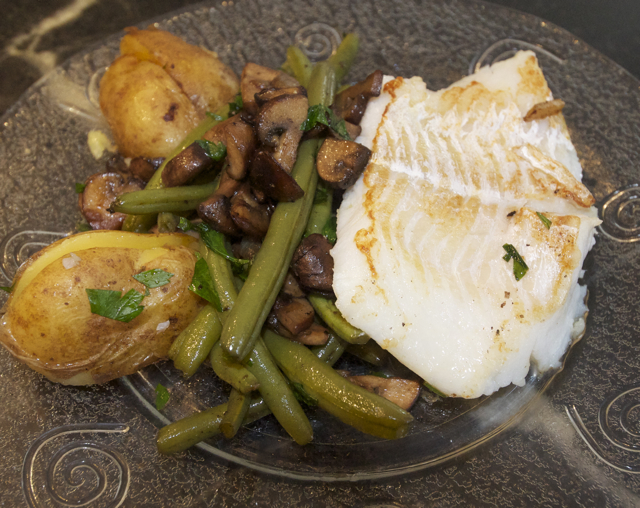
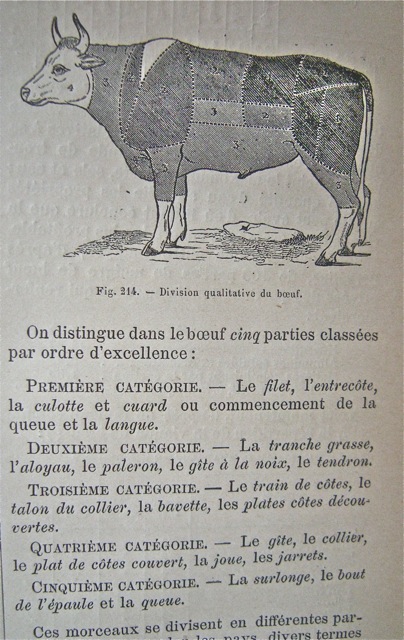
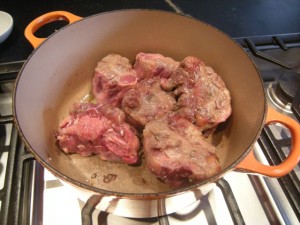
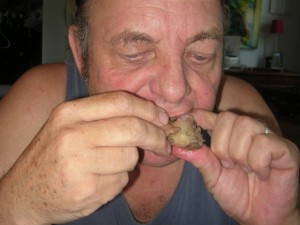
 1 zucchini
1 zucchini